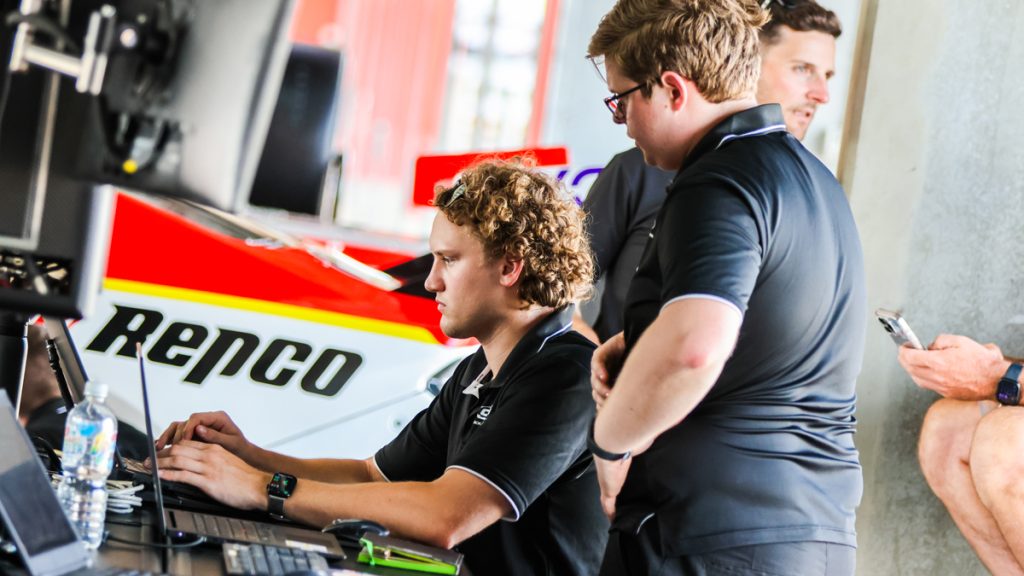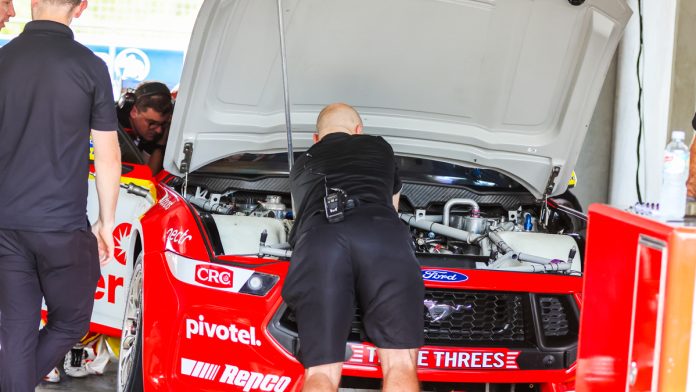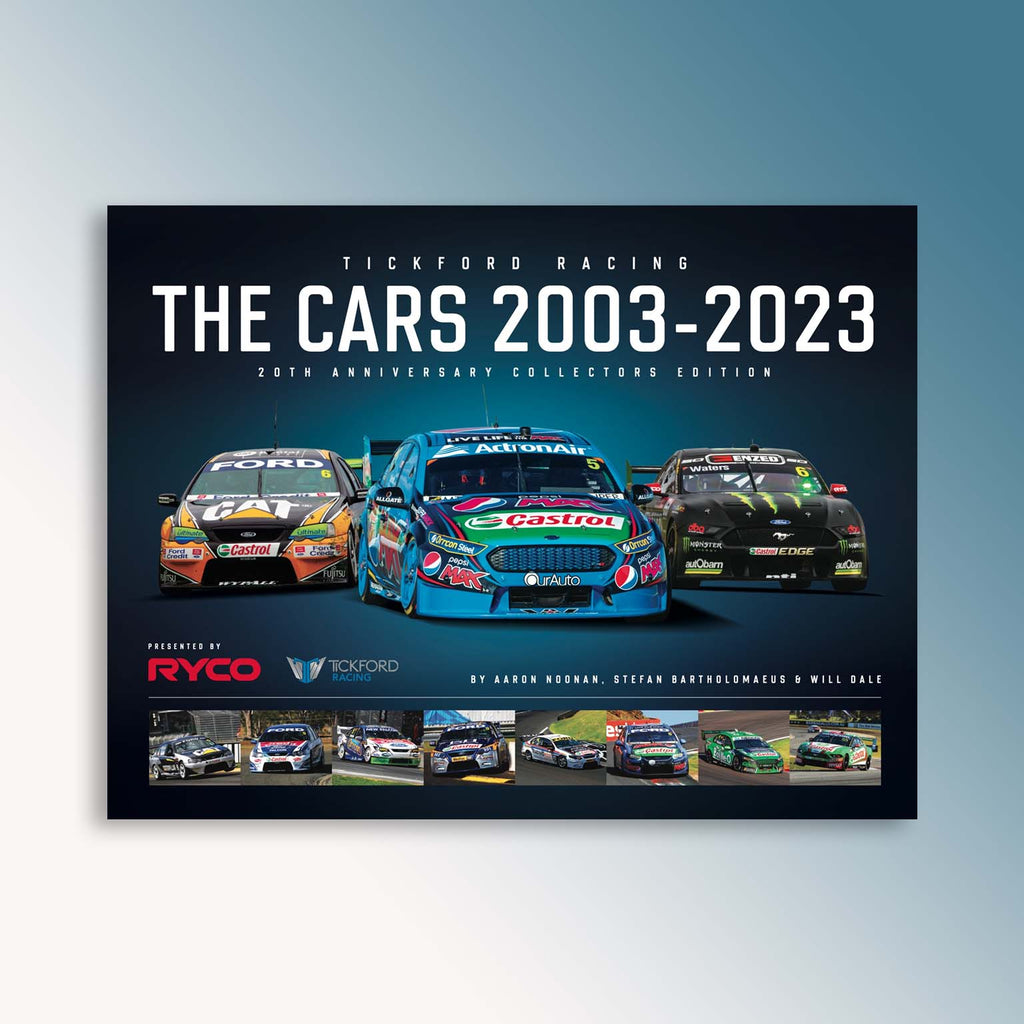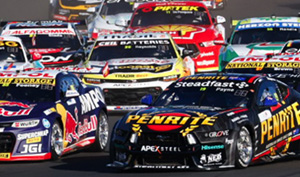SUPERCARS general manager of motorsport Tim Edwards has explained the basis of the test which the category undertook yesterday at Queensland Raceway.
A Dick Johnson Racing Mustang and PremiAir Racing Camaro cut laps yesterday in what was known to be an engine parity-related exercise.
MORE: Lacroix debuts in new colours
Edwards indicated the outing involved the long-awaited use of torque sensors and gauging an understanding of how they can best be utilised.
“We ran them for a brief test at Southport (Airfield) before Christmas, just as more of an installation,” he told V8 Sleuth last night.
“So today was more about just further validating how they can be used, what information they provide us, trying a few things on both cars just to understand the sensitivity of them.

“Really, it’s just the next step in developing our tools to understand how we do measure the difference between the two engines.
“It’s not at the point that we’re using it for any kind of parity measurement at the moment, it’s really just understanding them and understanding what information they give us – and when we make changes, can we measure the change, can we see the difference?”
A problem with the parity saga of 2023 was confusion around where exactly the Gen3 Ford Mustang was lacking, with the blame frequently switching between aero and engine.
A more methodical approach is arguably now in place, with aero parity having already been assessed at the Windshear wind tunnel in the United States, allowing the spotlight to purposefully shift to engines via torque sensors and, eventually, transient dyno running.
“This is all about developing our tools so that we can make informed decisions,” Edwards continued.
“Everyone can speculate this, that and the other, but unless you have got the tools to actually give you the facts, you are flying in the dark a little bit.
“This is the next step in that and we’ll further develop it.
“Once we have fully developed this, once we have got the full AVL (dyno) program, well that’s world’s best practice for understanding our two engines – much like we have done at Windshear.”





